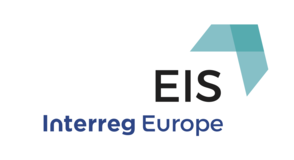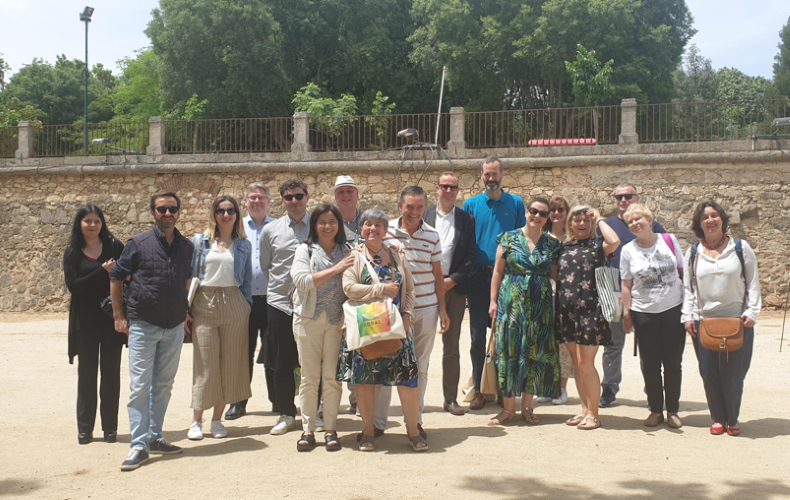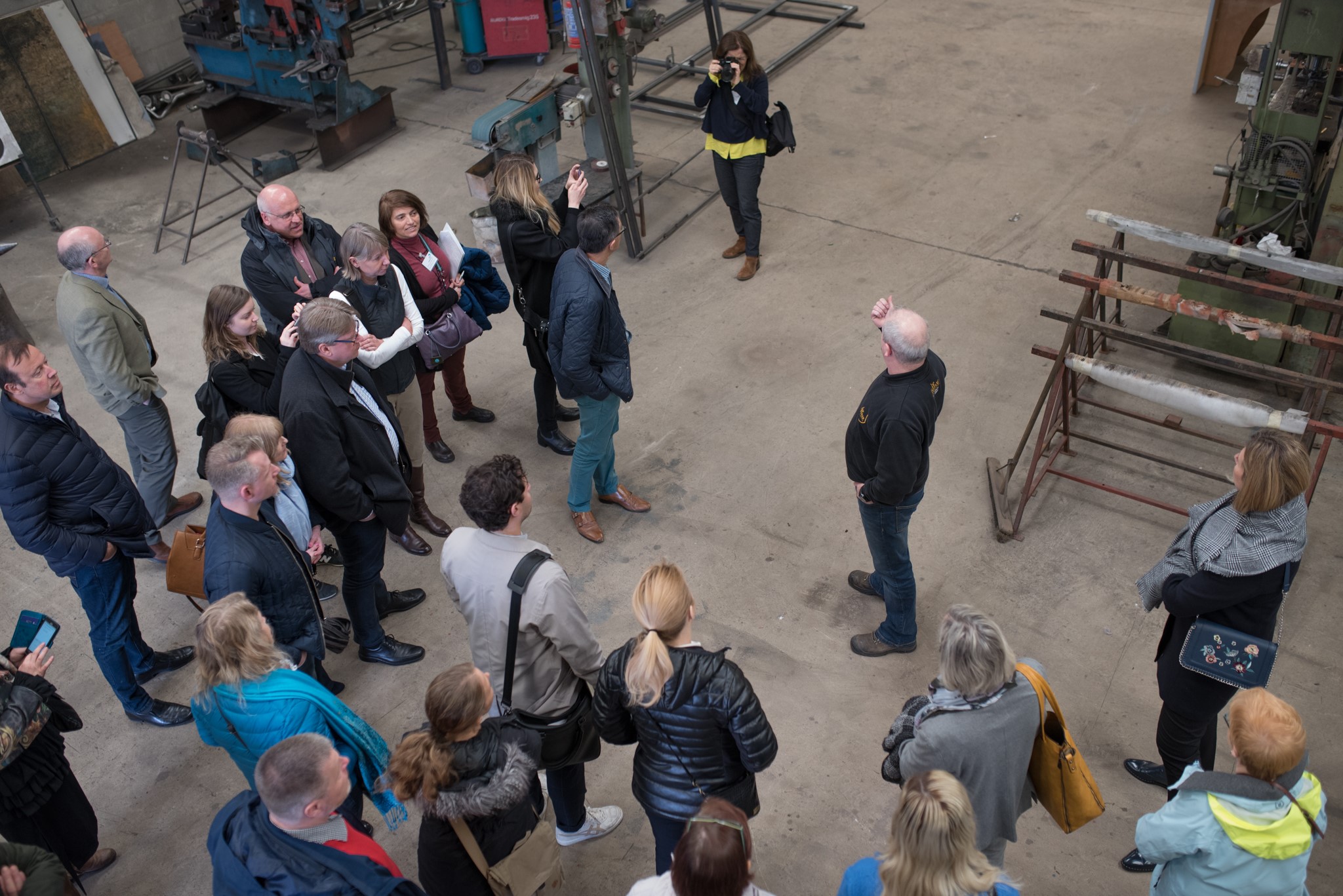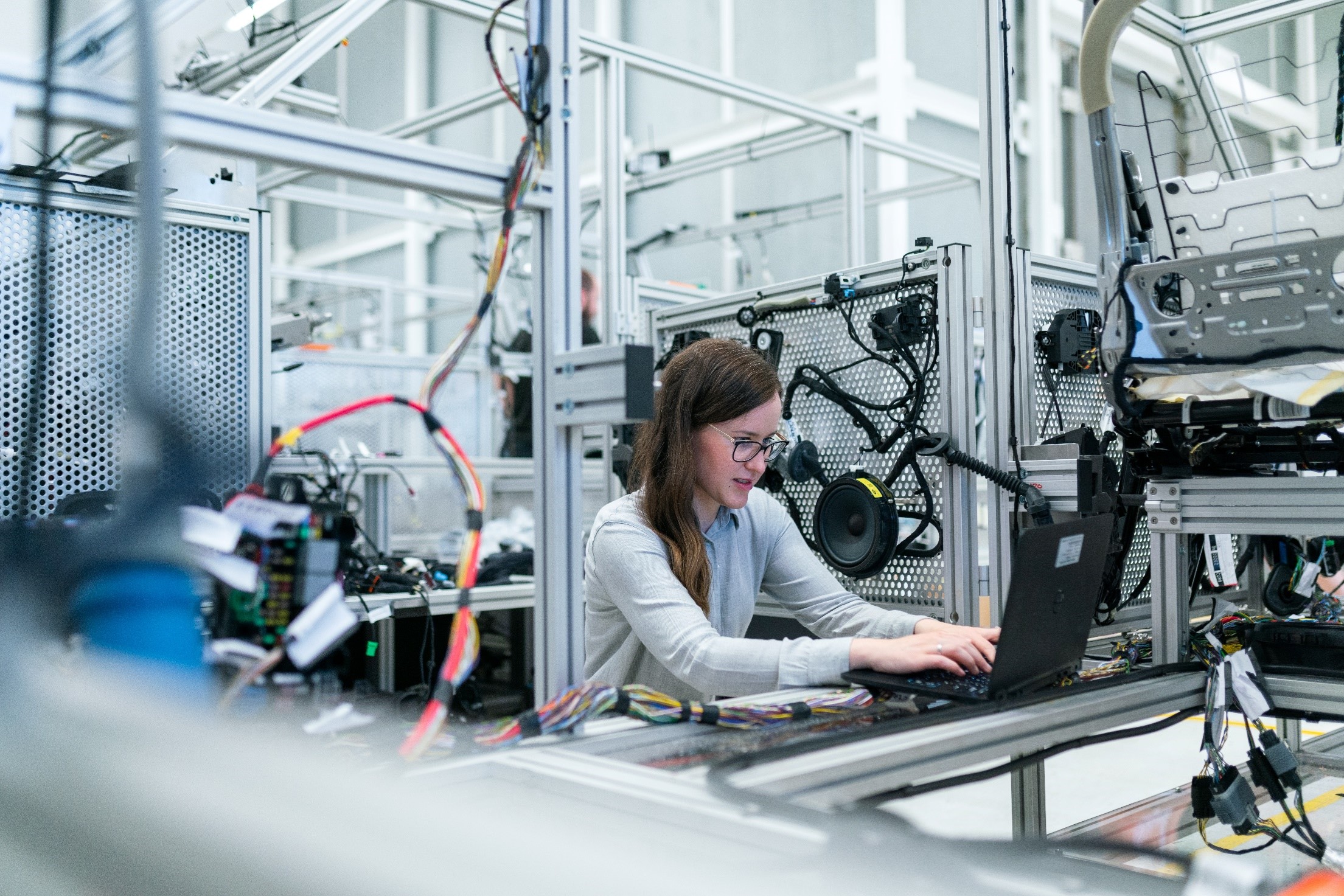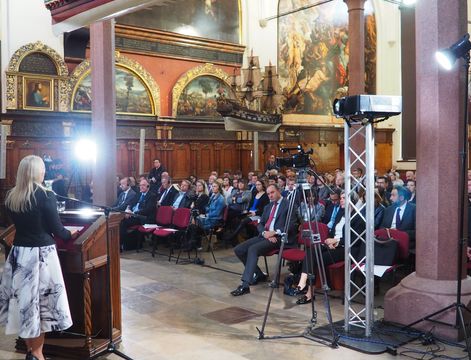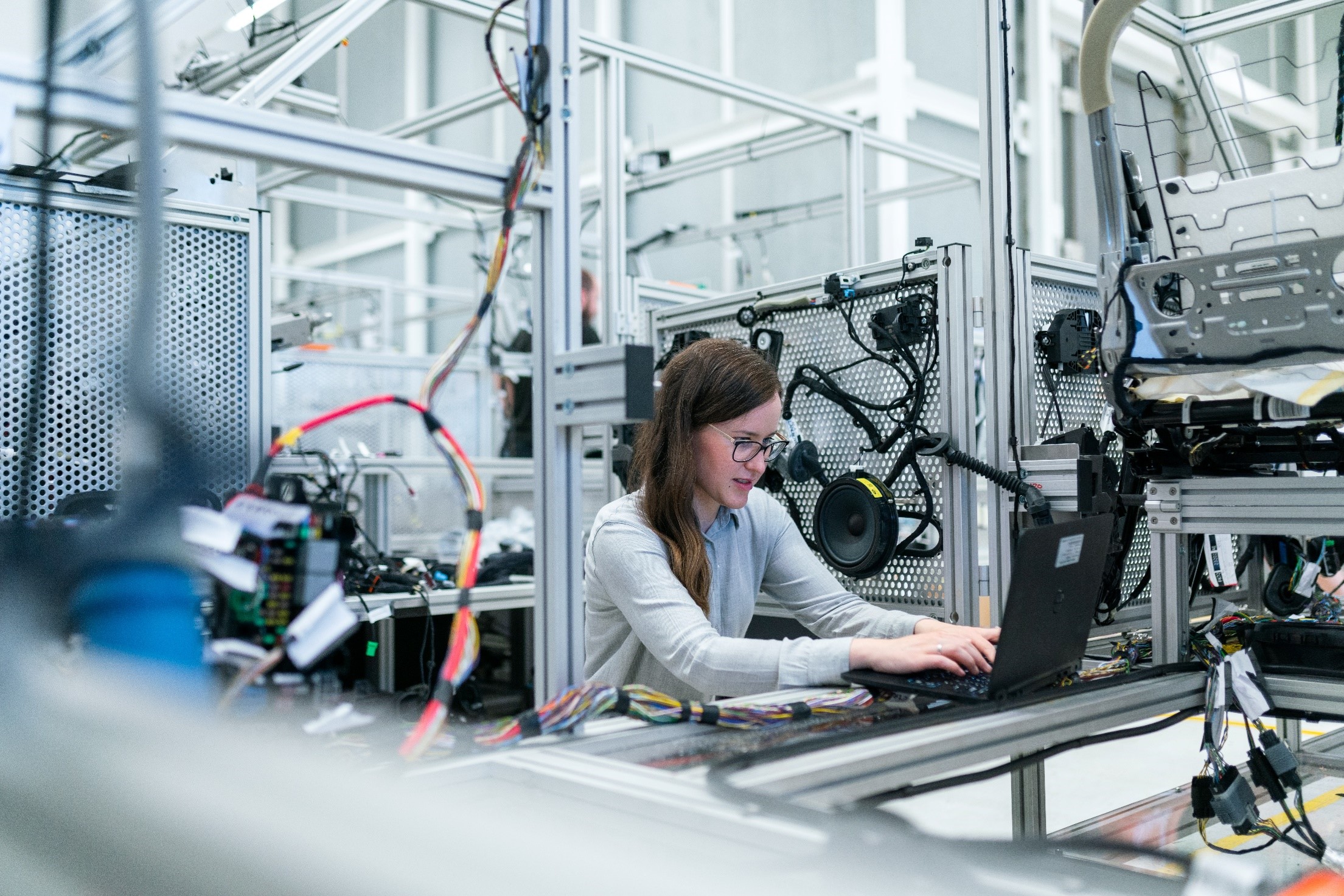The project is up and running and is heading into an exciting phase. EIS project manager John Fitzgibbon sums it all up
Reflecting on the progress that has been made so far, EIS project manager John Fitzgibbon says:
“The EIS Project has covered much ground in only a few months since the first project workshop meeting in Winchester, Hampshire, in March. Following two further Interregional Learning Workshops in Aarhus, Central Denmark (June), and Gdansk, Pomerania (September), the Peer Review process is nearly complete, with five of the seven EIS regions already having undergone the thorough exercise of review and feedback of their business support operations for international SMEs.”
There has been a clear progress from meeting to meeting. The kick-off meeting in Winchester provided partners with a clearer understanding of the specific setup of each region and a clear understanding of the tools and methods (Six-Step Model) that will be used throughout the EIS Project. The first Peer Reviews took place at the following workshop in Aarhus, and it was here that the example to follow regarding Peer Reviews was set. At the third workshop in Gdansk, momentum was gained thanks to the work of the participating partners and the EIS Project is now up and running and performing well - more Peer Reviews were completed and a solid foundation was built for the last Peer Reviews and the process ahead.

The way forward to a better and more efficient SME internationalisation system
Looking at the current status of the EIS Project as we enter the last quarter of 2017, the project is in a good position to turn to capturing regional Good Practices, setting these against the Six Step EIS-model and drafting Action Plans that will be worked up next year and implemented in year three. In fact, a handful of Good Practices have already been identified by the first two Peer Reviewed regions. Study visits to SMEs and business support organisations have also provided useful context and really brought the project to life.
The Peer Reviews of the partners’ business support programmes for SME internationalisation, which will all be carried out after the next workshop in Alentejo, Portugal, will lead each partner to identify Best Practices in their region. These Best Practices will then serve as the foundation of the Action Plans, which each partner will make and implement in the second phase of the EIS project – the result being more effective and better functioning SME internationalisation programmes.
A tool to benefit all European regions
Moreover, an EIS tool will be made for the benefit of all regions in Europe, so they can learn from the experience gained in the EIS project.
By linking the Best Practices and experiences in implementing these Best Practices into the broader Interreg Europe programme through its Policy Learning Platform, the achievements will be amplified and other regions will be able to build on the EIS Project’s findings.
Local stakeholders are very important
Lastly, EIS project manager John Fitzgibbon underlines the importance of the local stakeholder groups (the organisations that provide SME internationalisation services in each region apart from the EIS partner) “As the local stakeholder groups from each region have become more involved in the project’s output, we anticipate some strong results for the business support networks fostering internationalisation of SMEs in their region.
